In recent years, urban exploration has taken on a scale that has not been predicted, despite its forbidden character. Dive into the underground world of Urbex!
A disused factory, abandoned hospital, underground or forgotten metro lines, places conducive to the urban exploration are multiple as long as access, although prohibited, is possible. The enthusiasm for this activity is growing, but why so? If some explorers are focused on the historical, ancient and abandoned aspect of a place, for others, it is the knowledge of the modern city and its backstage that motivate them. Photography is also often an important reason to pass "the line" to pass to these places out of time. We explain what we find on the other side.
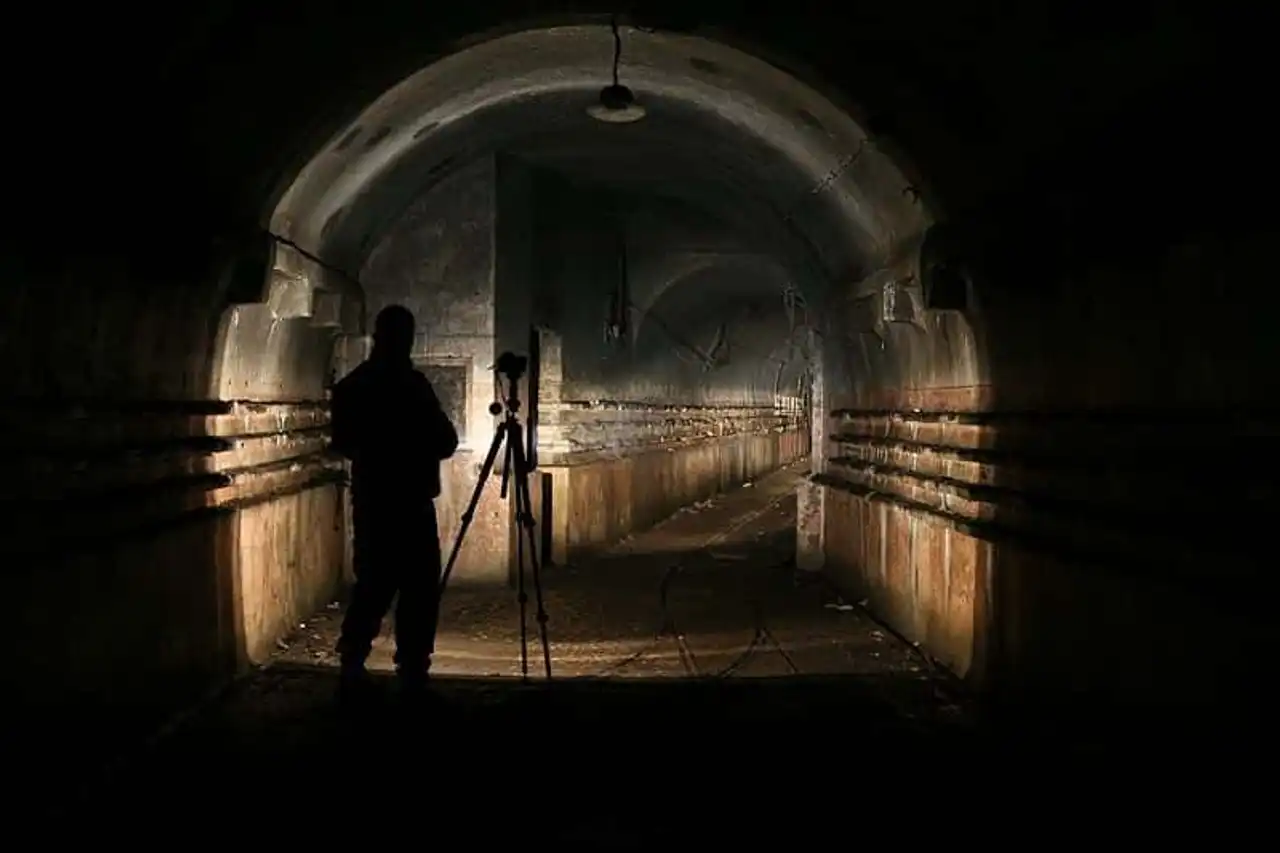
Photo credit: Wikimedia - DrAlzheimer
What is urban exploration?
Urban exploration or Urbex (contraction of the English term Urban Exploration ), is an activity of visiting abandoned places , built or modified by Man, and generally prohibited from access or hidden or difficult to access. As we said, photography plays a great role in the popularity of this "new" hobby, but the documentation of these historic sites has also become a factor in the success of Urbex, given that urban landscapes change even faster over time.
Urban exploration would go back to 1793, when Philibert Aspairt , an old Parisian career, was supposedly lost by adventure in the quarries under Paris, perhaps with the aim of fauchering a few bottles of Chartreuse. His skeleton was discovered 11 years later.
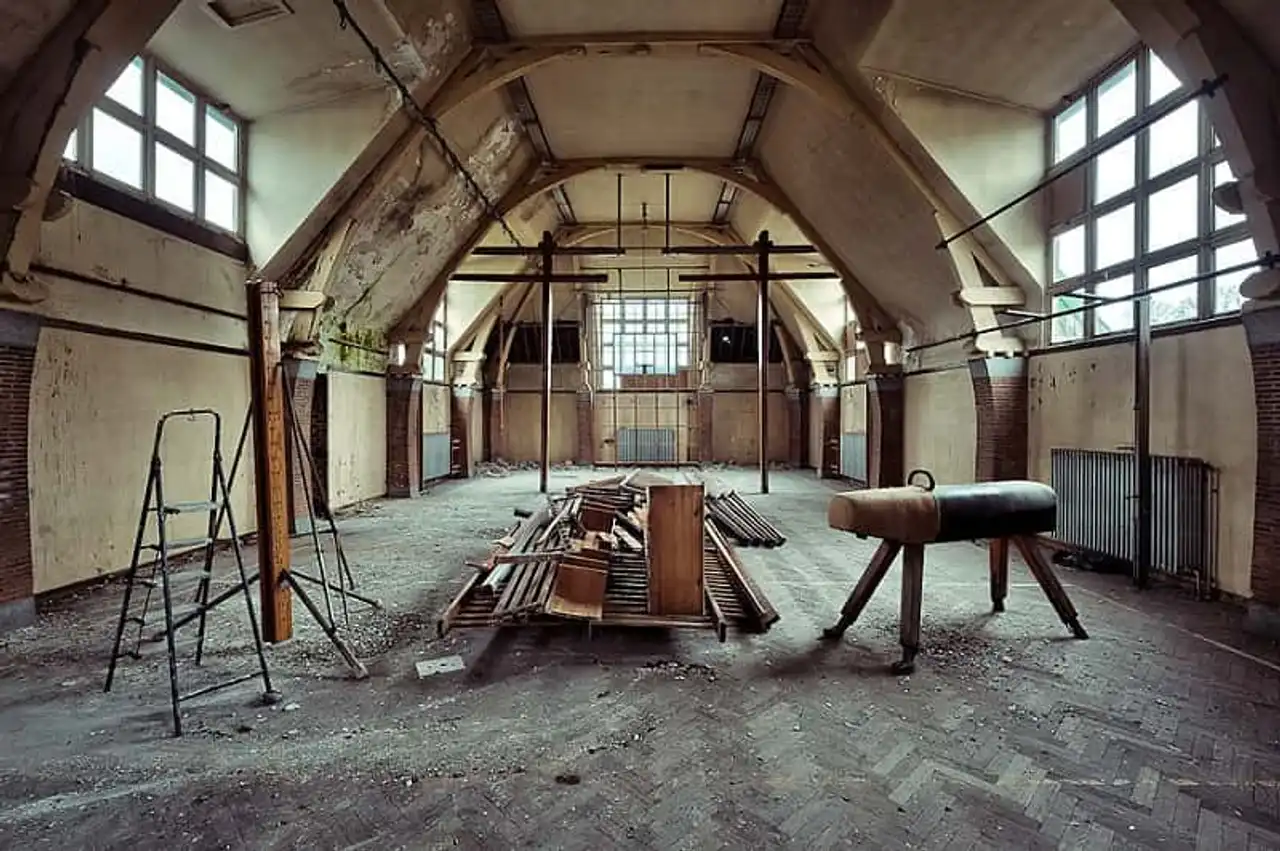
Unused gym – Photo credit: Flickr – Michael Kötter
But it is in the 1980-1990s that this movement will emerge. This is the explorer Jeff Chapman , alias Ninjalicious, who has popularized the expression “urban exploration”. In 1996, he created the magazine Infiltration , “The zine about places you’re not supposed to go”. Before his death in 2005 at the age of 32, he published a book in which he published the basic rules of Urbex:
- Never degrade, force the entrance of a place, it must always be done in respect of the place,
- Stay discreet during exploration so as not to disturb the place,
- By leaving, leave the place as it was found.
The old adage "do not leave anything except its prints, take nothing except photos" is therefore often applied to Urbex.
Photography as a Urbex red thread
Exploring an abandoned place or a forbidden site of access in a city can be exciting and fascinating. But often, urban explorers have as their sole motivation the desire to document the place explored by photography. Capture the present moment before it is too late. The places for Urbex are for the most part ephemeral, either because it will be rehabilitated or destroyed, or because it will be dangerous to venture there in 1 month, 1 year or 5 years...

Stoves in an old flour mill – Photo credit: Flickr – Michael Kötter
In 2014, the explorer and photographer Mister J asserted only “when we do the same places several times, we see that they are falling very quickly. » Like many other photographers of the “environment”, he wonders about the future of these places which, which became useless, fell into oblivion and ended up disappearing, at the expense of their memory and the conservation of heritage.
The photograph of these places is then important because it documents these places and leaves evidence of their past.
Toits, basements, industrial sinters and abandoned places
Among the sites sought by the “Urbexeurs” are disused factories and hospitals, former military installations, bunkers, bridges and underground networks (sewerage, quarries, catacombs...). Often, these are places left to abandon but some also like to practice roofurophilia , that is to say the passion of the climbing of the roofs and the activity that consists in walking there. Thus, by practicing Urbex, you can easily find yourself on a roof 100 meters high, as at 10 meters below the asphalt.
Some places have become a must for urban explorers. In particular, we think of the city Pripyat 3 km from the nuclear power plant Chernobyl . It is taken by the amateurs of Urbex and its historical and dangerous character only accentuates the myth.
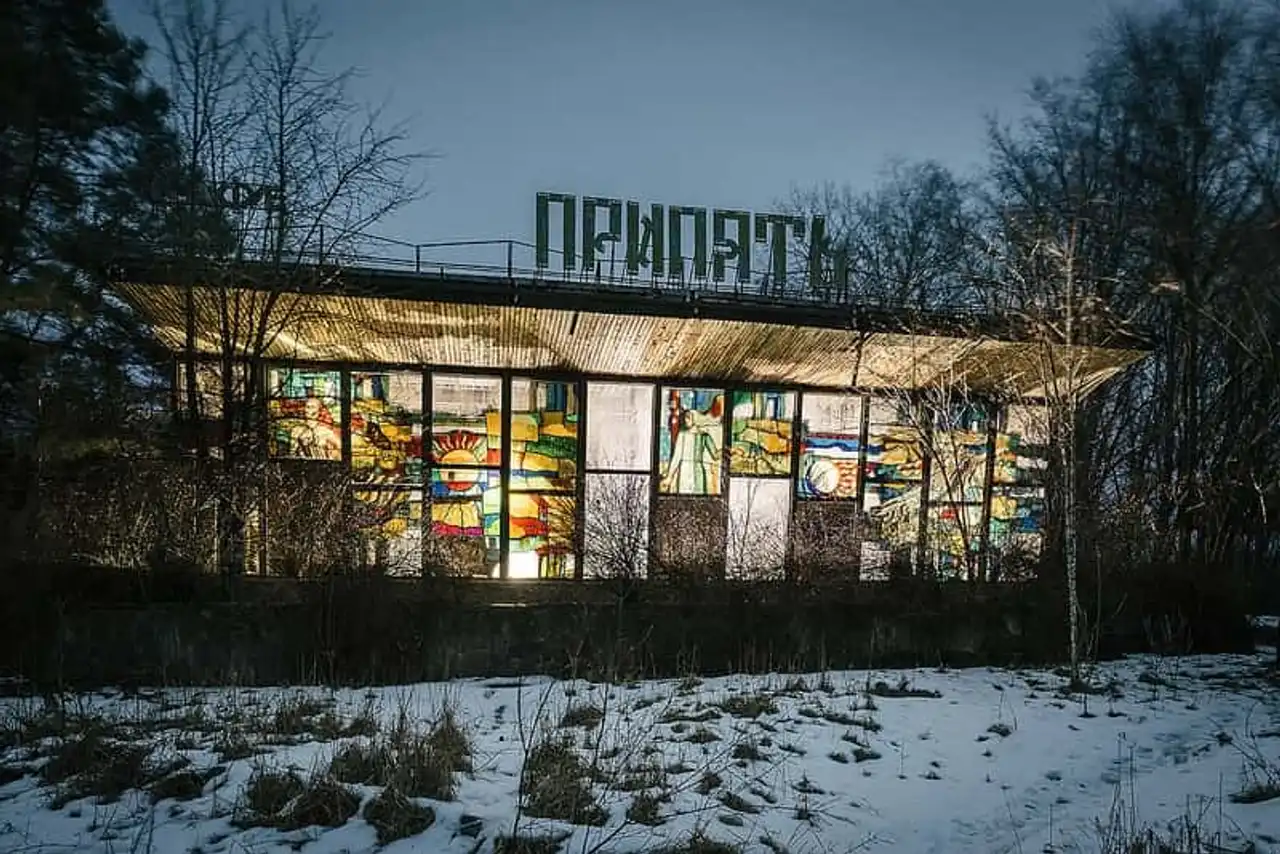
Pripyat Café – Photo credit: Flickr – Michael Kötter
Other "myth" of Urbex, one can also quote Monument Buzludzha in Bulgaria, which is the former Soviet Congress Hall now abandoned, and a symbol typical of Soviet architectural demeasure.
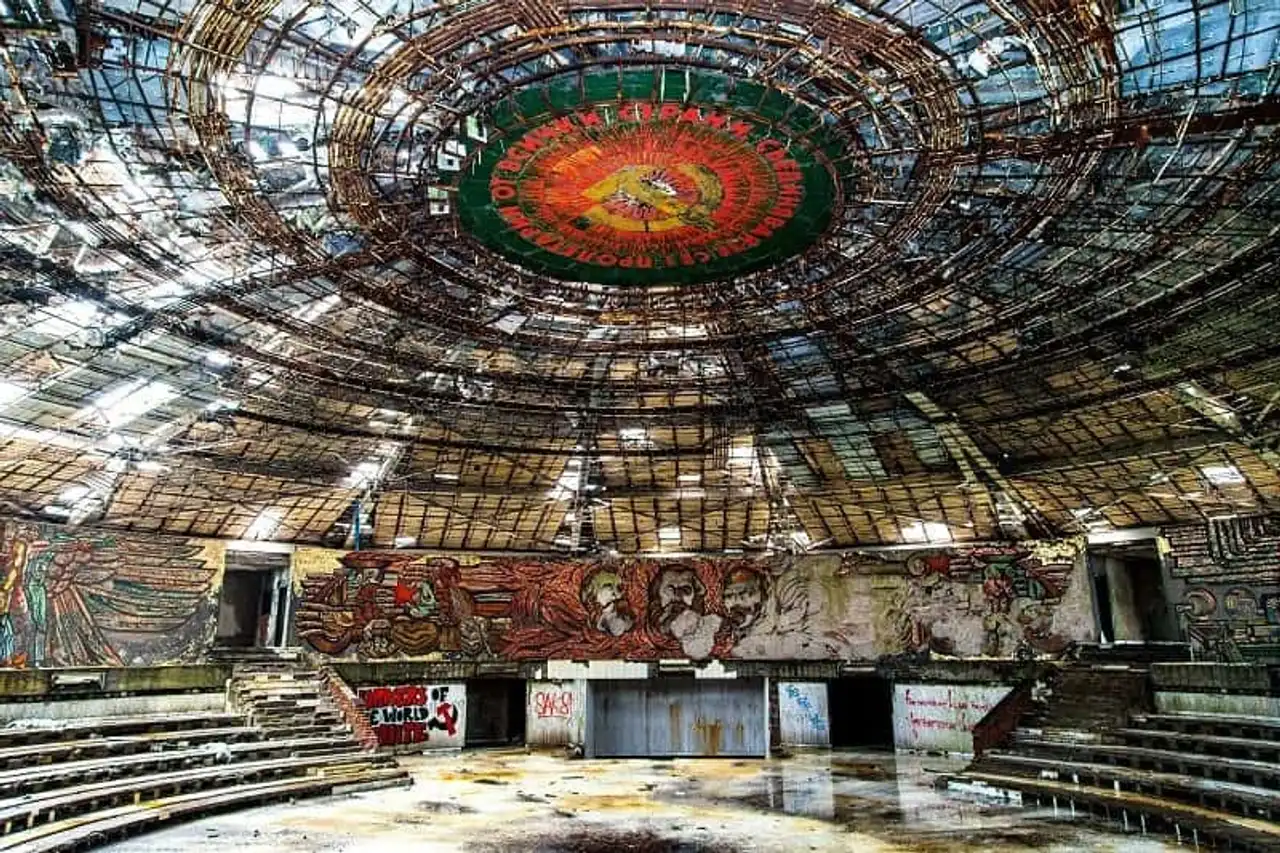
Photo credit: Wikimedia – Stanislav Traykov
Paris (very popular) cataphiles ), Lyon or the north of France are the favorite playground of many explorers in France.
L’ former Loos prison , located in the north of France, is particularly appreciated by urban explorers, including the video of a group of Urbexeurs:
The Urbex victim of his success?
If Urbex is a marginal and clandestine activity, the number of urbex in France is estimated to be just over 10,000. But urban exploration is increasingly known and practiced, especially by young people. These are not necessarily the facts of the dangers and rules of Urbex, which could attract the eyes of the police and the law.
Urbex’s mediatization poses ambiguity in this “community”. If it popularizes practice and attracts new explorers, it creates dangerous behaviours.
Urbex: Is it safe and legal?
Urban exploration is often dangerous. And if it is a clandestine activity, it is not quite illegal: the violation of home is punished by law, but the violation of private property, it, is in a legal vacuum.
Depending on the location you are explored, you can enter in the case of a private property violation. The latter is often considered to be an aggravating criterion if there is degradation of the place. The penalty is then 2 years in prison and 30,000 euros in fine, as indicated by the site Legifrance.
Some situations may lead explorers to receive fines or summons from the authorities. Some sites
(military, administrative, land belonging to the SNCF or the Réseau ferré de France...) are subject to special legislation that makes an intrusion more risky from a criminal point of view.
It is then necessary to respect the basic rules of Urbex, listed above. The urbex also practises legally, with the permission of the owner of the premises.
But the practice is based on an artistic approach and intellectual curiosity, the explorer also enjoys a sort of status quo with the police. As long as urban explorers are "regular" and respect the place, the police show indulgence.
Main photo credit: Wikimedia – JJ Harrison
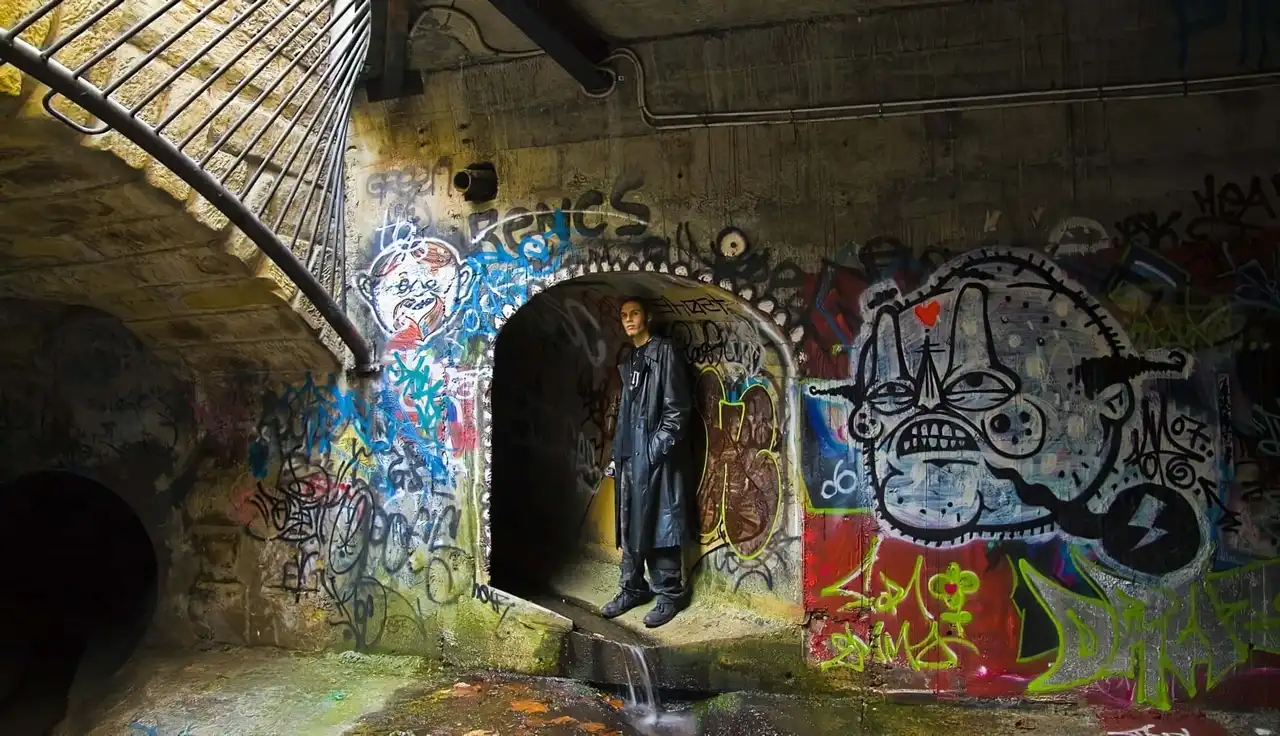




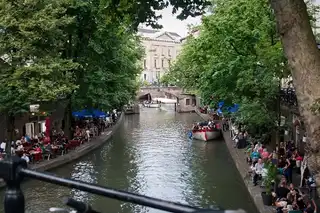


Loading comments ...